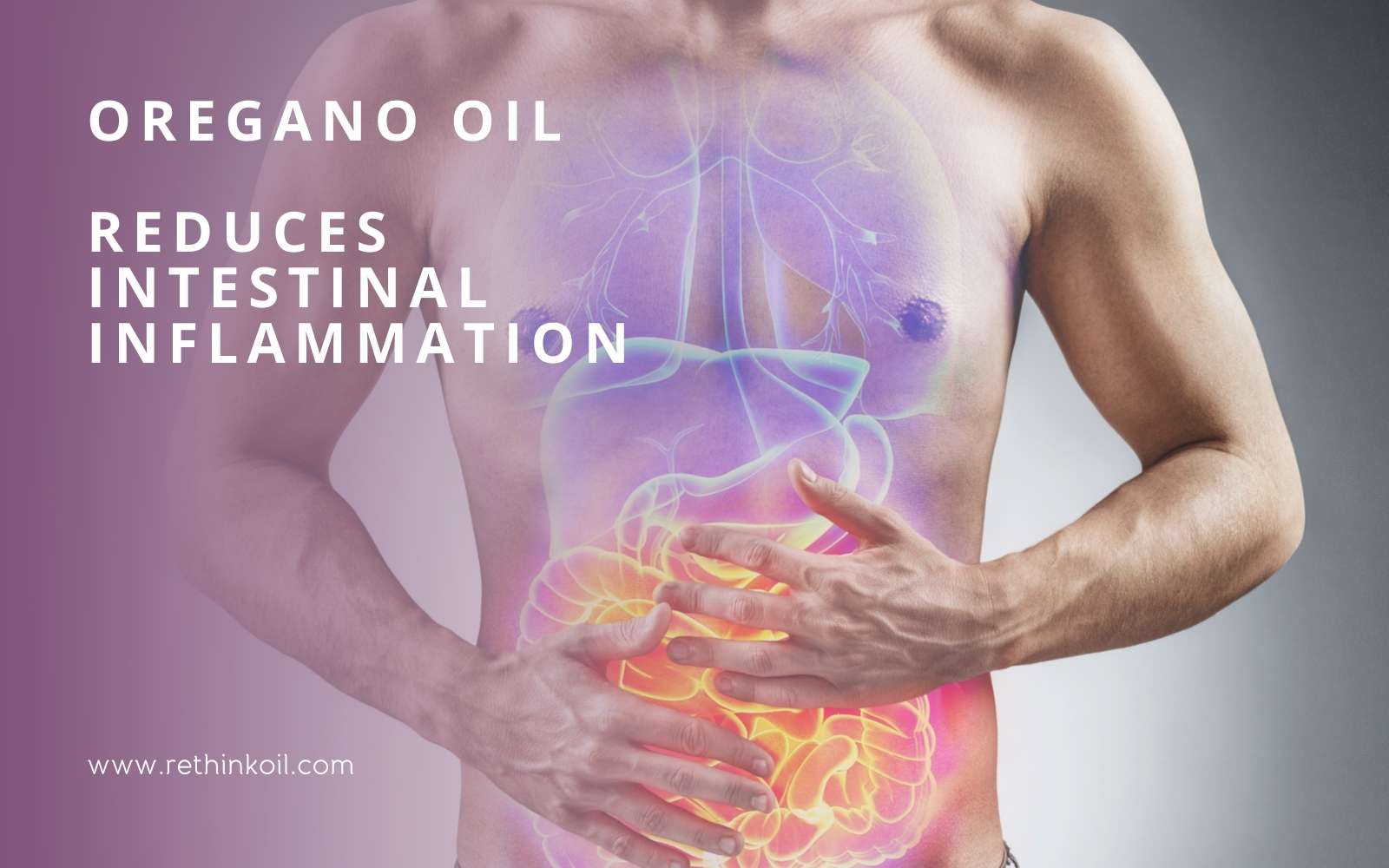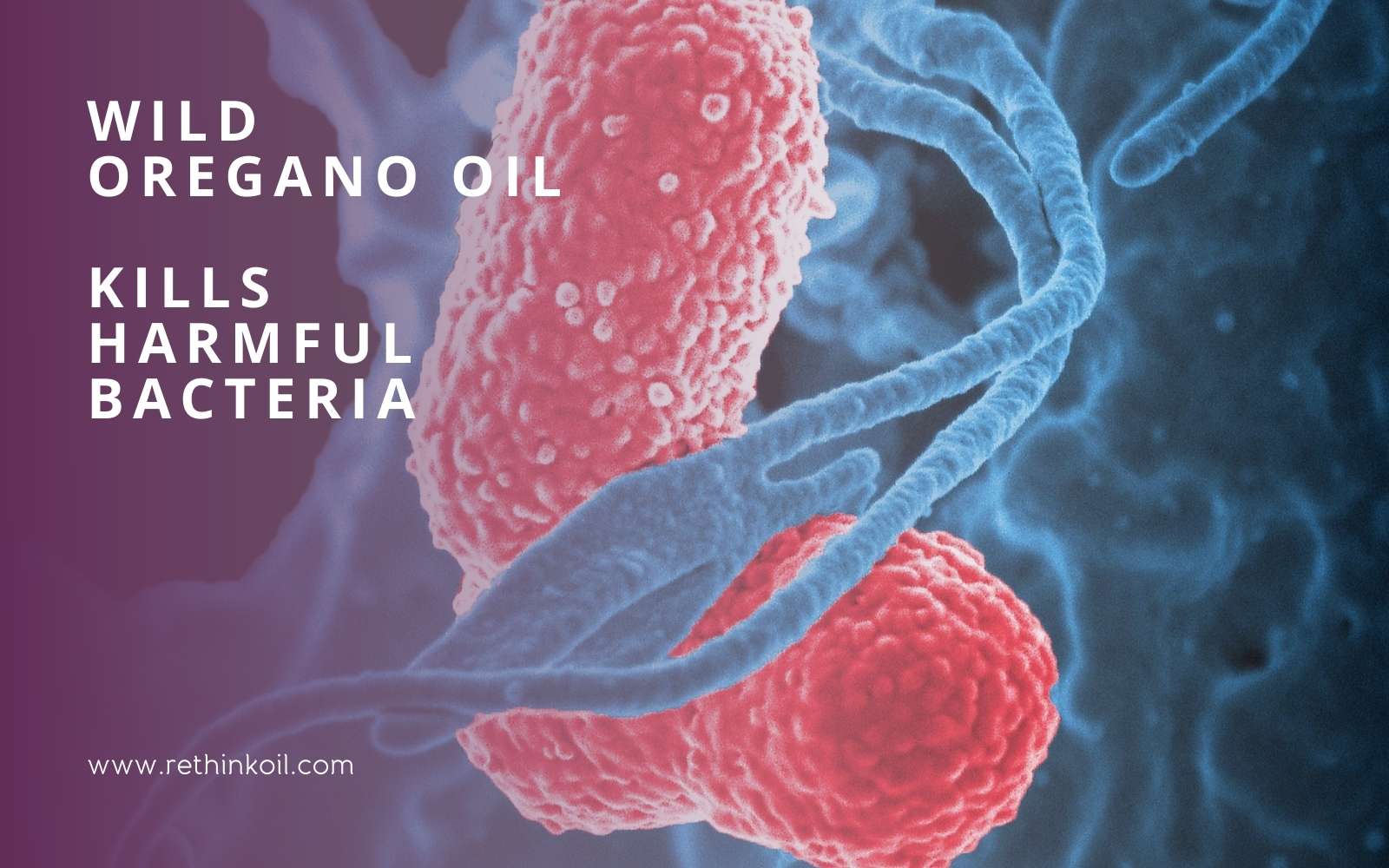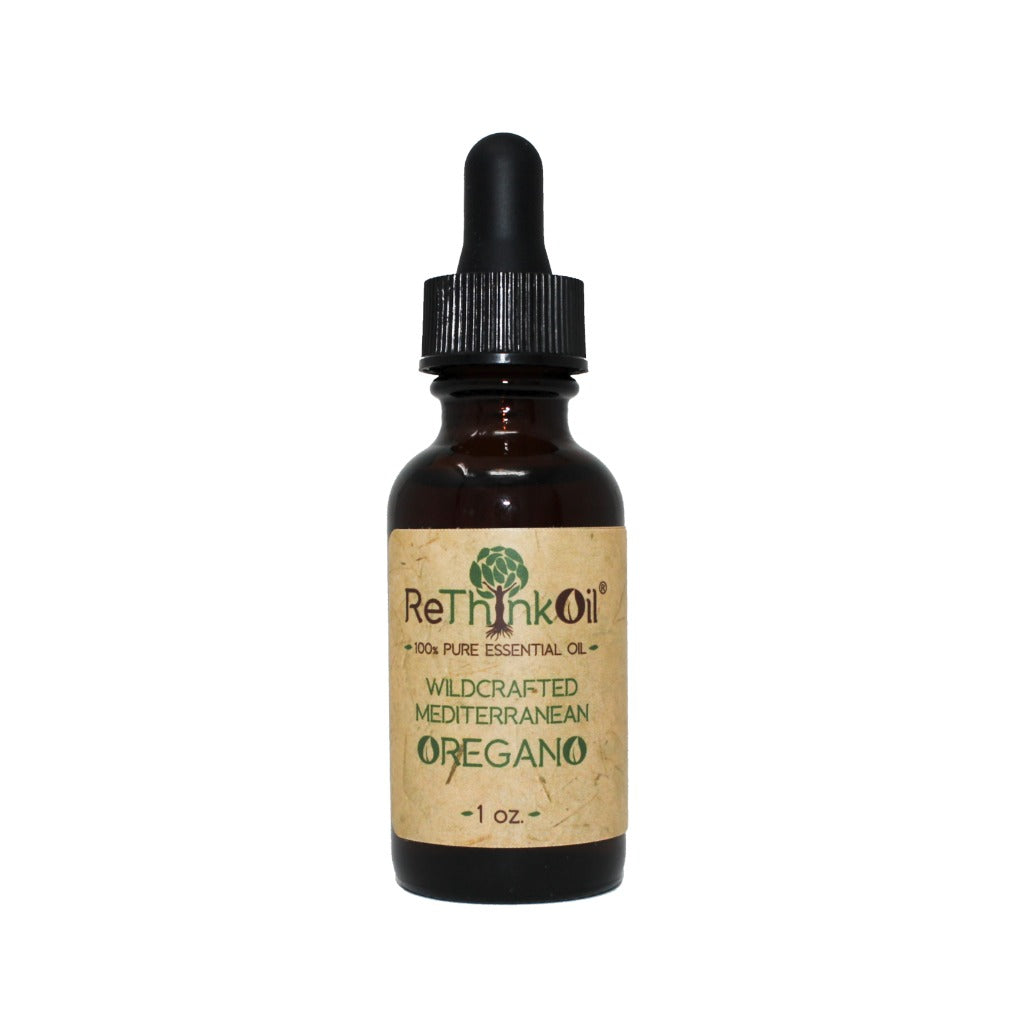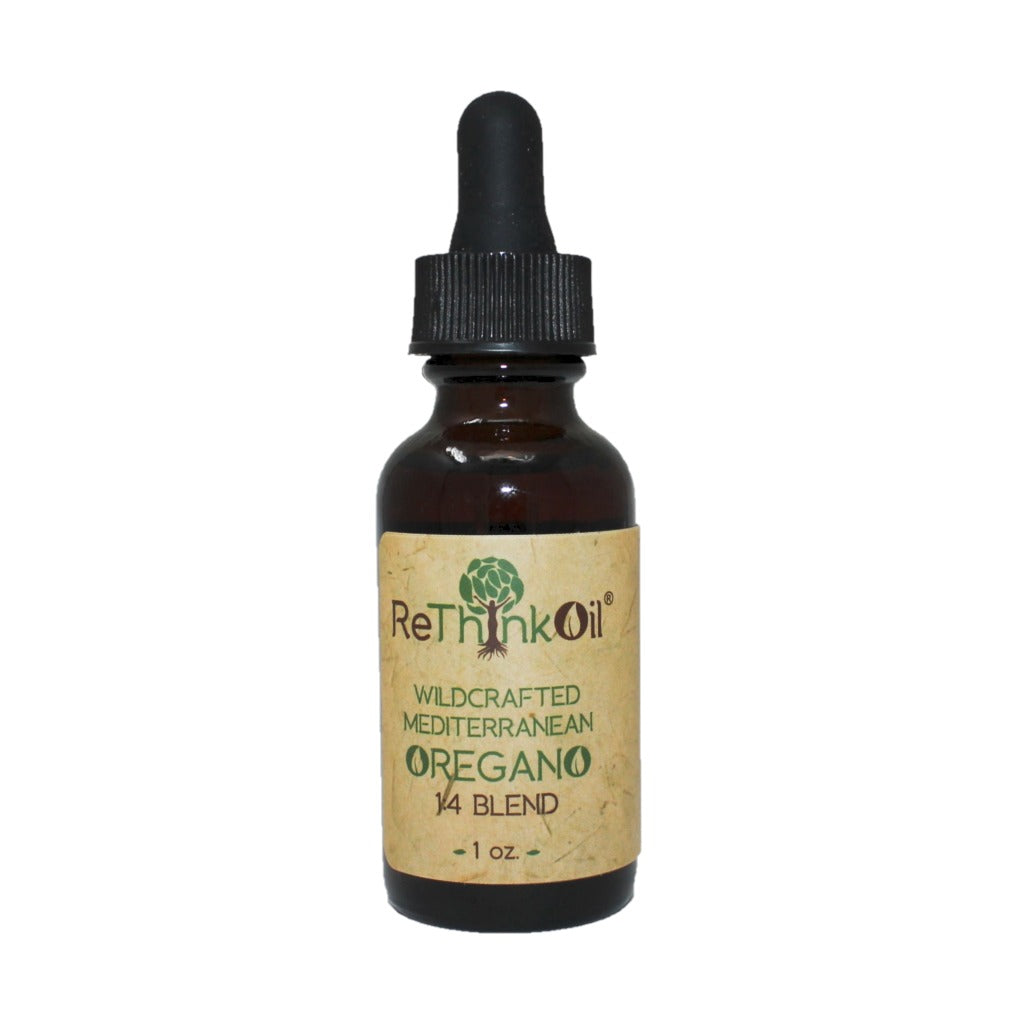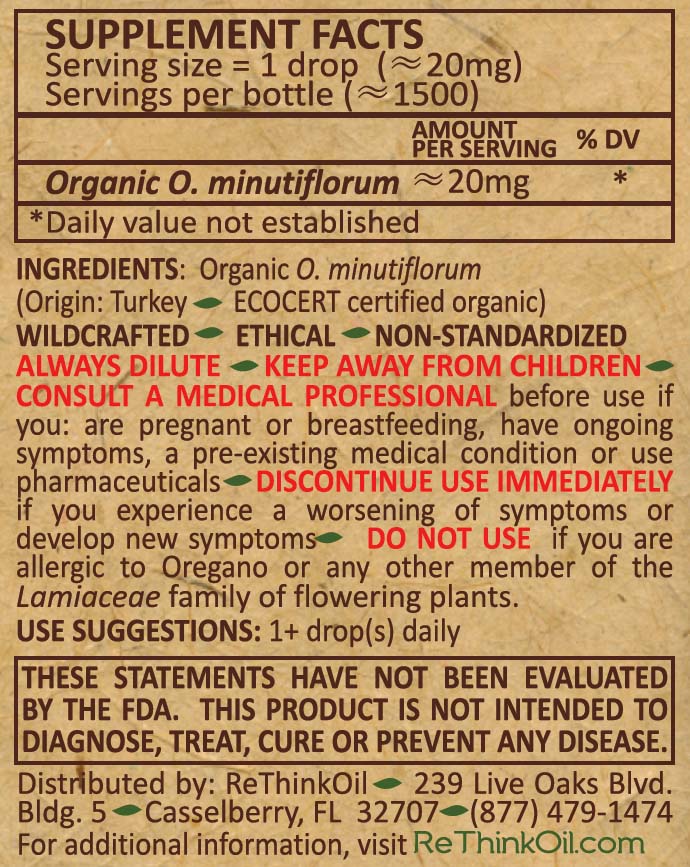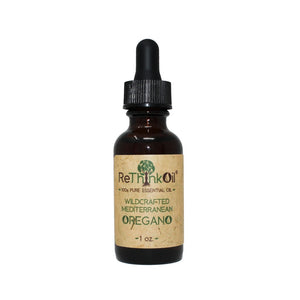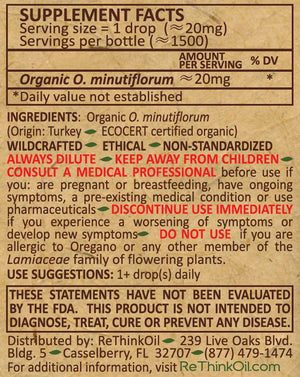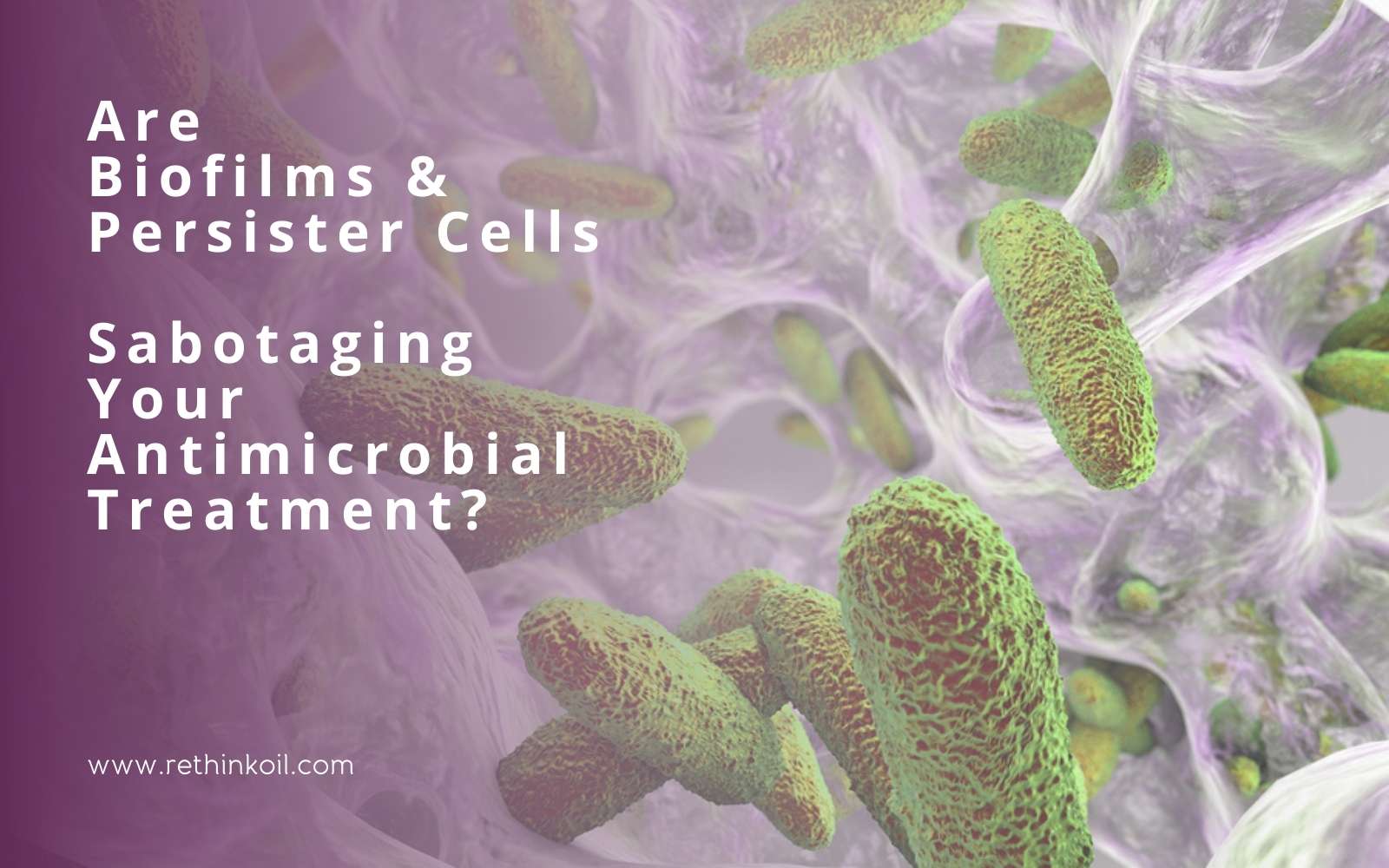
Antimicrobials are designed to kill growing microorganisms and are commonly prescribed as antibiotics (to kill bacteria), antifungals (to kill fungi), antivirals (to kill viruses) and antiparasitics (to kill parasites). For many people, the surviving cells from antimicrobial treatment begin a cycle of ongoing infection and multi-drug tolerance, with biofilms and persister cells at the helm.
Biofilms are essentially slimy groups of bacteria or other microorganisms that stick together and adhere to surfaces. They are made up mostly of proteins and polysaccharides secreted from microorganisms (a common example of biofilm formation is dental plaque). Biofilms are said to be responsible for most infections in the developed world and are naturally formed as a means of protection for the underlying microorganisms (Lewis, 2005).
Persister cells are also formed from microorganisms and are enriched in biofilms. Persisters are said to be responsible for stubborn, chronic (persistent) infections. When stressed, these cells enter a resting state "in which they become tolerant to nearly all antibiotics without undergoing genetic change." (Wood, 2017). Later, when antibiotics are discontinued and conditions are more favorable, the cells can reconstruct infection, giving rise to new populations of persisters (just as susceptible as the original cells). (Wood, 2017) (Maarten Fauvart, 2011)
The findings of a 2017 study show that pretreatment with rifampicin, tetracycline or CCCP "converted an initial population of 0.01% persisters to up to approximately 80% persisters (a 10,000‐fold increase in persister cells)" (Wood, 2017), demonstrating that traditional antimicrobial treatment encourages persister cell proliferation.
References
Lewis, K. (2005, February). Persister cells and the riddle of biofilm survival. Biochemistry, pp. 70(2):327-336.
Maarten Fauvart, V. N. (2011, June 1). Role of persister cells in chronic infections: clinical relevance and perspectives on anti-persister therapies. Journal of Medical Microbiology, pp. 60: 699-709.
Wood, T. K. (2017, July 11). Strategies for combating persister cell and biofilm infections.



